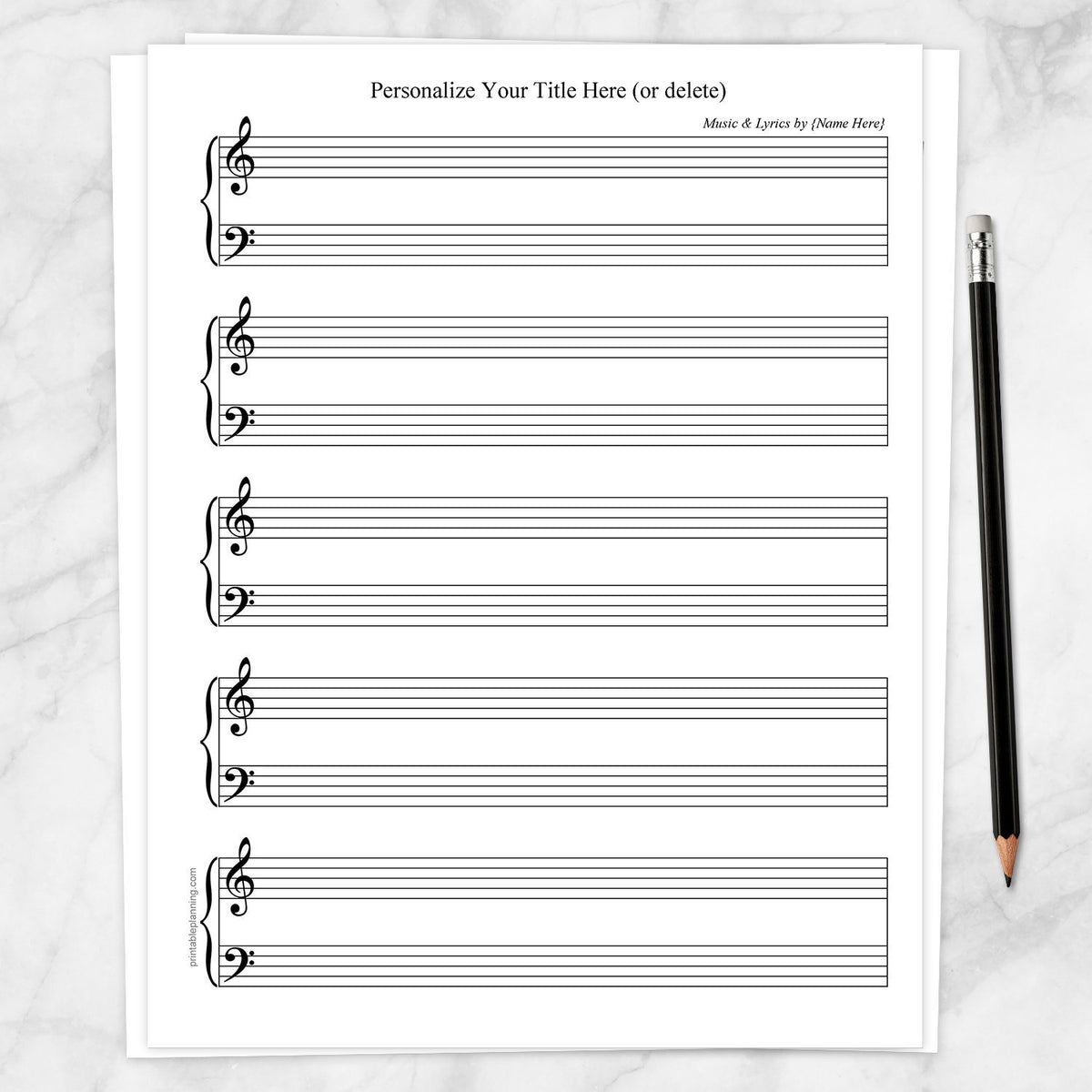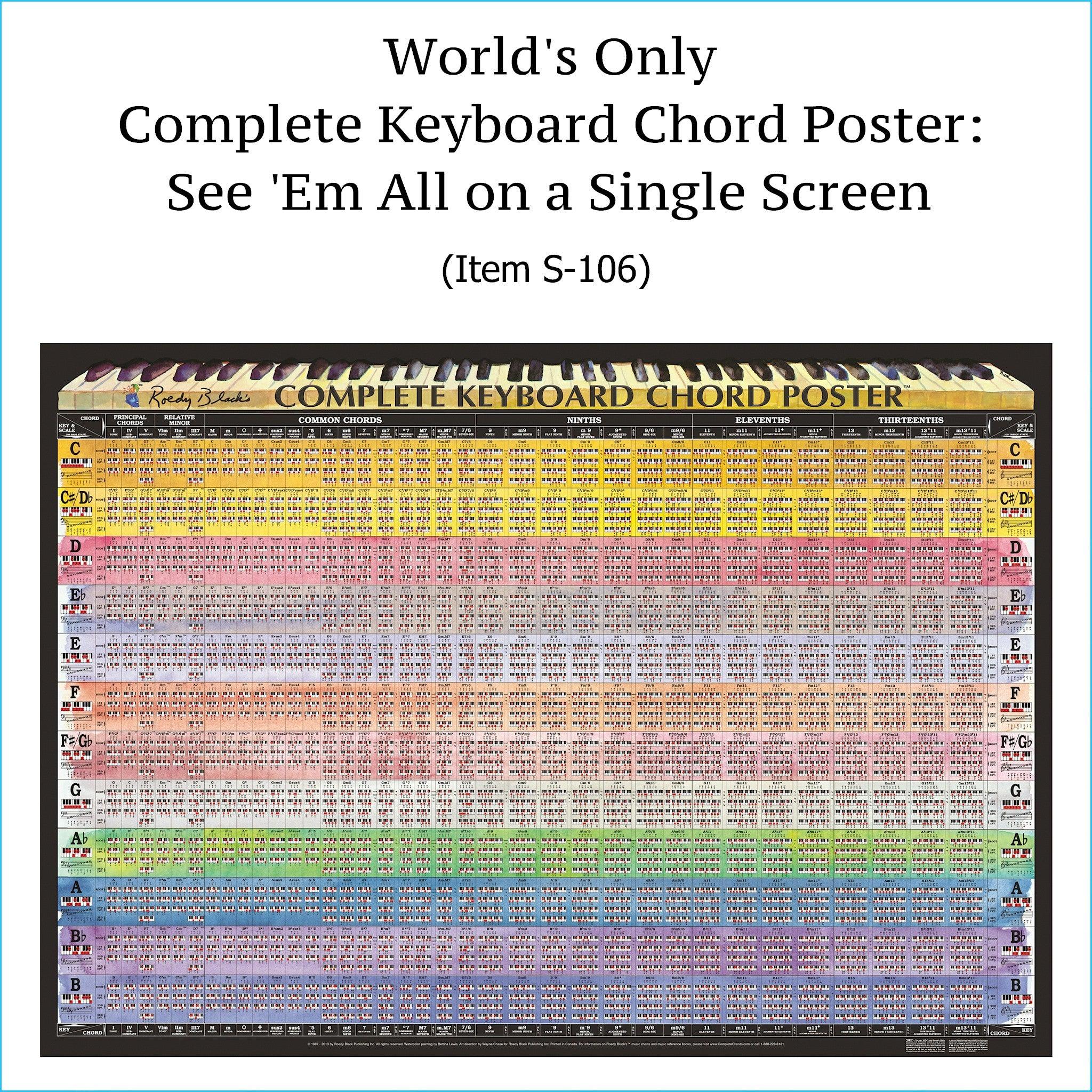


The fancy word for these types of chords is diatonic chords. This unlocks many, many songs in G major! So, congrats! Once you can do this, it means you’ve found every major and minor chord in the G major scale. Don’t worry too much about the F#dim chord for now - it’s just a minor chord where the distance between F# and C is less than a perfect fifth therefore, “diminished.” The small “m” means these chords are minor chords and will sound moodier. If you’re wondering why there’s an F sharp - remember, we’re in G major and G major has one sharp, F! You’ll end up building the following chords. In other words, build a triad on top of every note of the G major scale. Try moving the same 1-3-5 claw shape up the G major scale. The more you practice, the more natural this chord shape will feel. We like to call this shape “the Claw.” If it feels funky at first, don’t worry. Play these triads with your 1, 3, and 5 finger. You can learn more about why there are different types of minor scales here. But knowing other types of minor scales may help you craft riffs and fills. To play songs with chord progressions, understanding natural minor scales should be enough. For example, in A minor, we play F sharp and G sharp on the way up and play those notes natural (without any sharps) on the way down.


To find the relative minor key of G major, start on G.If you want to find the relative major key of a minor key, count up three half-steps. If you want to find the relative minor key of a major key, simply count down three half-steps. Relative keys use the same notes and the same number of sharps and flats they just have different starting points. Every major key has a relative minor key and vice versa. …But you can get away with not memorizing this formula if you understand relative minor and major keys. If Youre Happy and You Know It Sheet Music Free.
MUSIC KEYS PIANO PRINT FREE
Similar to major scales, you can build any natural minor scale in any key using a formula of whole and half tones: Master the intricacy of the piano using free printable piano music sheets Easy to use personalized printables will surely help your development.
MUSIC KEYS PIANO PRINT HOW TO
G – A – B – C – D – E – F# – G How to Build a Minor Scale in Any Key If we put everything together, the G major scale looks like this: Notice that going from E to F sharp - a white key to a black key - is a whole step. Here’s how you build the G major scale using this formula: For example, C and D is a whole step apart because a black key (C sharp or D flat) is the half step between them. Then move up a third, down a fifth, and up a second.What are whole steps on the piano? A whole step - also called a whole tone - is made up of two half-steps. Intervals – Tell them “Place your first marker on C, then your next marker a fifth up from C” or “Use your marker and start on C.Sharps, flats, and naturals – Say a note like “F sharp” out loud and have them mark the appropriate key.Keyboard Note Names – Say a note out loud and have them put a marker on the proper white key.Here are some concepts you can teach and how to teach them either in private lessons or group music lessons: Dove chocolates (if you really want to treat your students).Then, find some kid-friendly manipulatives like: Then, laminate them to make the last a long time. How can you use these music staff and piano keyboard PDFs?įirst, print these staff and keyboard PDFs on 8.5 x 11 paper. Holiday Rhythm Cup Explorations™ Menu Toggle.My First Rhythm Cup Explorations™ Menu Toggle.“Marketing, Taxes, Business Entities, Liability for the Piano Teacher”.“Best Stress-Free Business Practices for Your Studio”.“Have You Forgotten What It’s Like to be a Child?”.


 0 kommentar(er)
0 kommentar(er)
